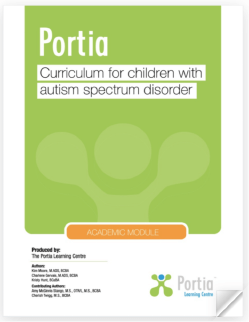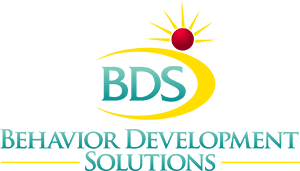Portia
ABA Curriculum
The Portia Curriculum is a complete program guide that can be used with any assessment tool. To make adding objectives even easier, quick find codes have been added from the VB-MAPP, ABLLS-R and ESDM assessments. Program supervisors will employ the industry standard assessment tool that is best suited for their client and then choose the objectives that fit their client’s profile. The curriculum contains goals which span Academic, Adaptive, Cognitive, Communication, Imitation, Instructional Control, Motor and Play and Social. Each objective has a full teaching procedure with mastery criteria, teaching instruction, error correction and much more.
All Teaching Procedures have Targets that can be re-ordered, added to and deleted when needed. Once objectives are added to your client’s program, you can freely modify them so that each client has individualized goals and then save to your own curriculum within Portia.
The Portia Curriculum is included in Portia Software, it is also available for puchase in paper format via Behavior Development Solutions and Amazon.



 creation
creation
Joint Attention and Social